Learn about Cannabinoids and the Endocannabinoid System
The Endocannabinoid System
The endocannabinoid system (ECS) is a widespread neuromodulatory system that plays an important role in the central nervous system (CNS). The goal of the system is to maintain homeostasis. There are two known cannabinoid receptors in the body: CB1 and CB2. Interestingly, the “cannabinoid” receptors in the brain—the CB1 receptors—outnumber many of the other receptor types on the brain. Our bodies produce molecules called endocannabinoids, which have a structural similarity to molecules in the cannabis plant, to stimulate these receptors. CBD receptors exist mostly in our immune system and are critical to helping control inflammation. CB1 receptors modulate effects related to pain, nausea, appetite, memory, and euphoria (the feeling of being “high”), while CBD2 regulates inflammation in the gastrointestinal system and throughout your body.
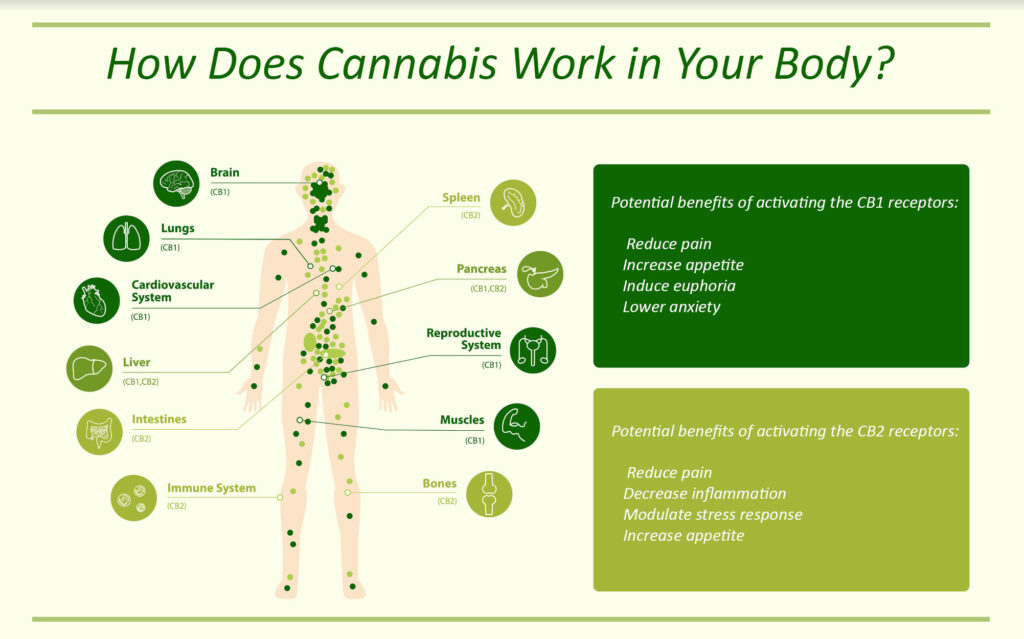
Cannabinoids
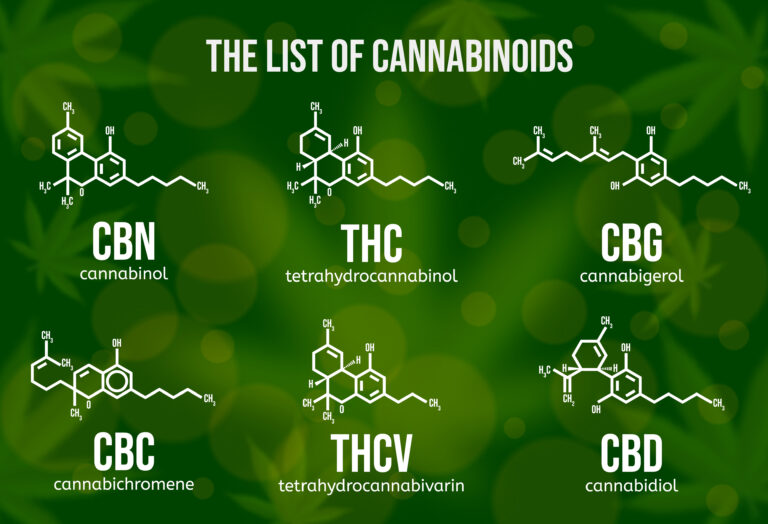
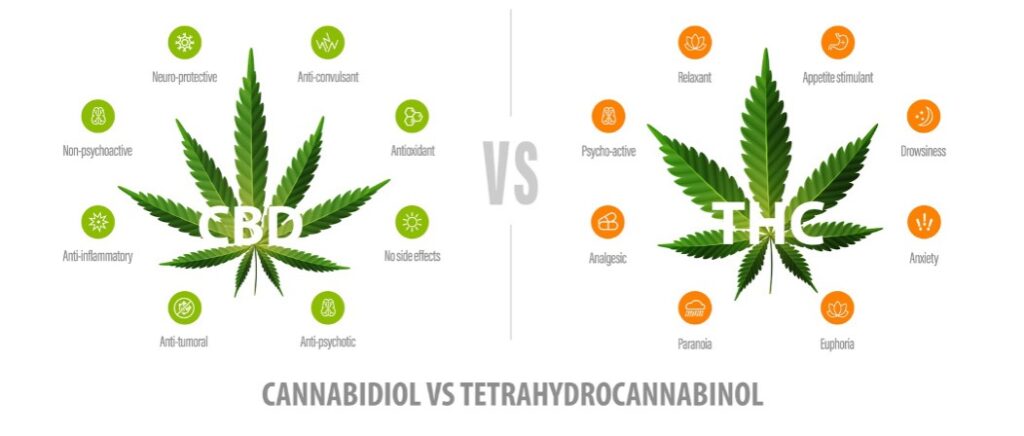
Terpenes
There are other naturally occurring chemical compounds in cannabis, called terpenes. Terpenes are responsible for aromas, flavors, and even colors associated with various types of plants. In terms of cannabis, terpenes are what make certain strains smell or taste different from others. Cannabis researchers believe these compounds have a wide range of biological and pharmacological activities—for instance, antifungal, antimicrobial, anticancer, anti-inflammatory, and antioxidant. Studies around terpenes are very complex and it is not possible to cover all the biodynamics of terpenes. Here are five most common types of terpenes.
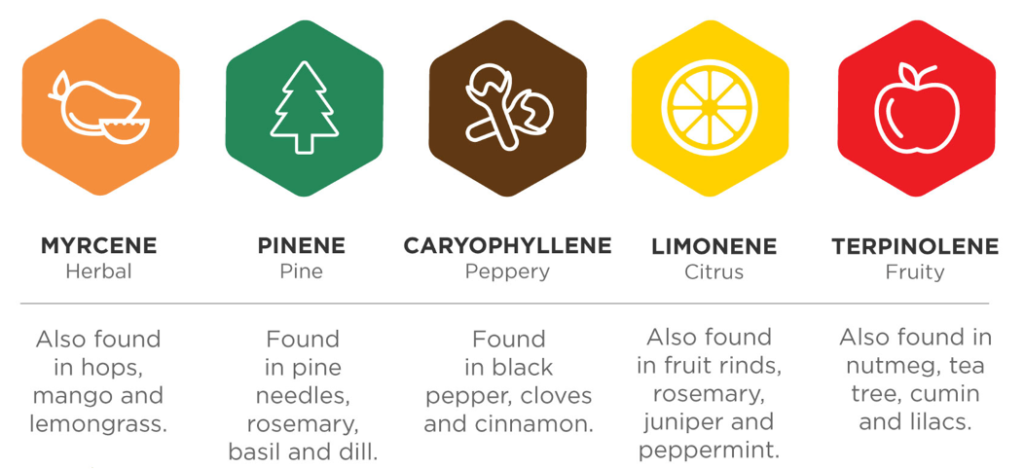
Types of Cannabis Plants
There are two types of cannabis plant that are used for medical purposes: sativa and indica. Indica and sativa plants differ not only in their physiological effects, but also in their appearance. Indica plants are short and stocky, featuring leaves that are broad and “chunky.” Sativa plants tend to be taller and skinnier and may even be lanky in appearance, with leaves that are thin and pointed.
It is believed that indica strains can makes people feel calmer due to the higher levels of CBD (recommended to take at night) while sativa can boost a person’s energy due to the higher levels of THC (better to take during the day).

Difference Between Hemp and Marijuana
Hemp and marijuana are the same species of plants, however, the difference between the two is the THC content. Hemp by definition has less than 0.3% THC, hence can not produce psychoactive effects (feeling “high”). Marijuana contains more than 0.3% THC, and usually much higher depending on state laws.
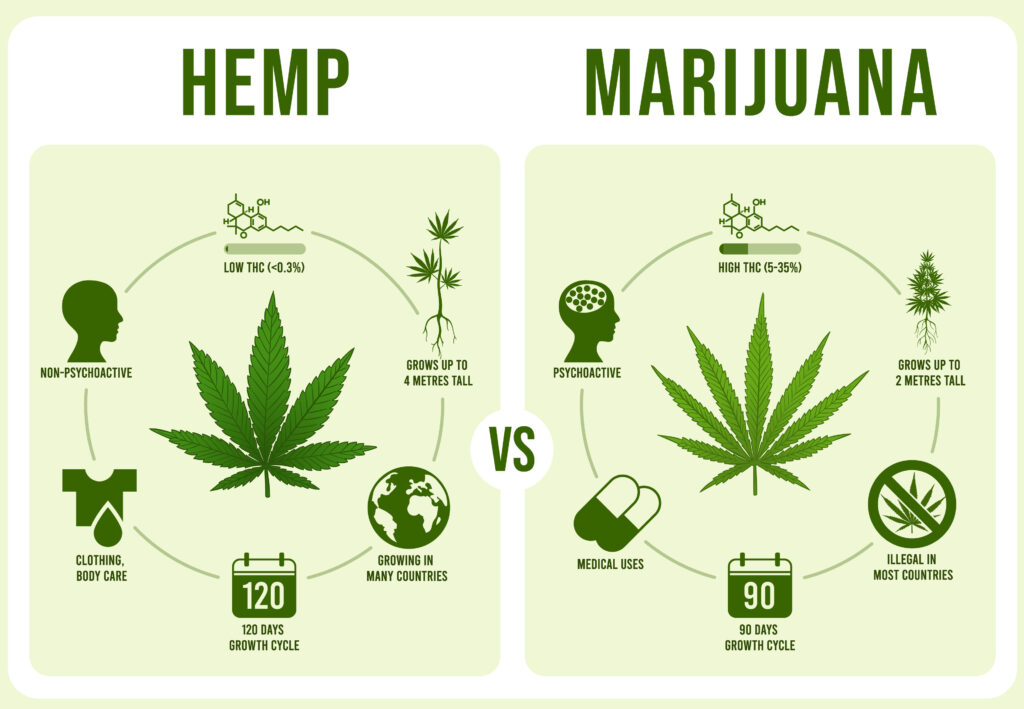
Medical Marijuana in the State of Texas
he first bill regulating medical marijuana in the state passed in 2015. In 2021, the law expanded the medical use of cannabis to include non-terminal cancer, post-traumatic stress disorder, and non-curable neurological conditions (dementia, Parkinson’s disease, etc…). Currently under Texas law, patients with qualified medical conditions can legally obtain medical marijuana.
The Department of Public Safety (DPS) administers the Compassionate Use Program (CUP) in Texas under the authority of the Texas Health and Safety Code, Chapter 487. It operates a secure online registry of qualified physicians who can prescribe low tetrahydrocannabinol (THC) to patients with specific medical conditions.

Cannabis as Medicine
Patients choose marijuana for its therapeutic effects. Cannabinoid (the active ingredient in marijuana plant) relies on your body’s innate ability (the endocannabinoid system) to help your body heal. Cannabis was a popular treatment in this country in the late 1800s and early 1900s—commonly dispensed by doctors—and the American Medical Association was one of the strongest voices testifying against prohibiting it in 1937.
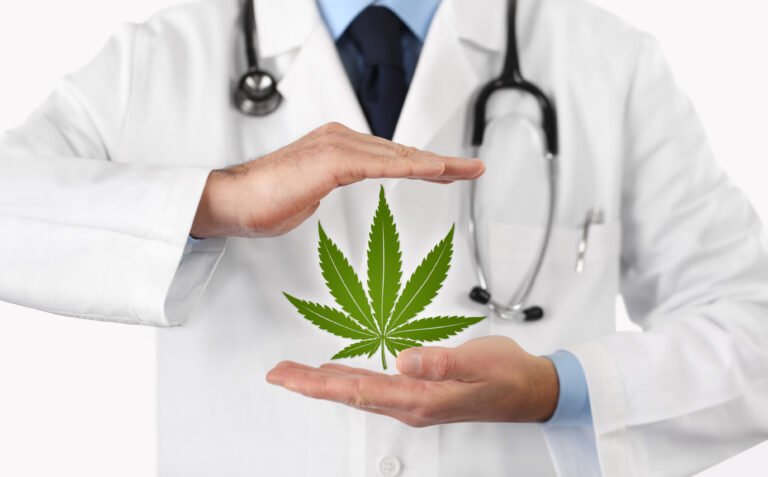
Medical marijuana can help relieve many symptoms such as nausea & vomiting (associated with cancer/cancer treatments), increase appetite, relieve anxiety, improve sleep quality (in patients with PTSD), and help with pain and muscle spasms. The benefits of marijuana are not fully known; however, future studies will shine light on the positive effects of this natural medicine. You can learn about the effects of marijuana on the body here. Texans choose medical cannabis since it’s 100% natural and side effects are limited compared to other pharmaceutical drugs.


